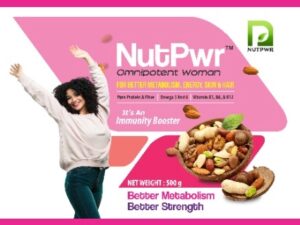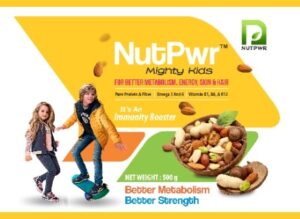In the fitness and nutrition realm, protein powder has become a fundamental component for health-conscious individuals, including athletes, bodybuilders, and those aiming to enhance their overall well-being. Let’s delve into the intricate process behind the production of protein powder.
The Basics of Protein Powder
Protein powder is a concentrated protein derived from sources like whey, casein, soy, or plant-based proteins such as peas or rice. These powders are rich in essential amino acids crucial for muscle tissue, immune cells, and enzymes.
Source Selection
- Whey Protein: Obtained from milk in the cheese-making process, whey protein is viral due to its rapid absorption and high biological value.
- Casein Protein: Another milk-derived protein, is slow-digesting and often used as a night-time protein source.
- Soy Protein: Ideal for vegans and vegetarians, soy protein is plant-based and sourced from soybeans.
- Pea Protein: Extracted from yellow peas, pea protein is hypoallergenic and easily digestible.
Extraction and Filtration
After selecting the protein source, the isolation process commences:
- Whey Protein: Whey is separated during cheese production, and undergoes filtration to remove impurities, resulting in whey protein concentrate or isolate.
- Casein Protein: Separated from milk using filtration techniques and then dried to form casein powder.
- Plant-Based Proteins: Extraction from raw materials using water or solvent-based methods, followed by filtration to eliminate unwanted components.
Concentration and Drying
The extracted protein is further concentrated to boost its protein content through methods like:
- Spray Drying: The protein solution is sprayed into a hot chamber, where water evaporates, leaving fine protein particles.
- Freeze Drying: The solution is frozen and dried under vacuum conditions to preserve protein structure.
Flavouring and Additives
To enhance taste and palatability:
- Flavouring: Natural or artificial flavors like vanilla, chocolate, or strawberry are added.
- Sweeteners: Sucralose, stevia, or sugar alcohols are common additions.
- Thickeners and Stabilizers: Included to improve texture and prevent clumping.
Quality Control and Packaging
Before packaging, rigorous quality checks are conducted, ensuring protein content, amino acid profile, and absence of contaminants. Once approved, the powder is packaged in tubs, bags, or single-serving sachets.
In the intricate process of producing protein powder, the selection of high-quality sources and rigorous quality control measures ensure a positive impact on health and fitness. However, it is essential to be cautious of potential contaminants and additives that may have negative implications on overall well-being.
Also Read:- WHY NUTRITION IS IMPORTANT FOR US



